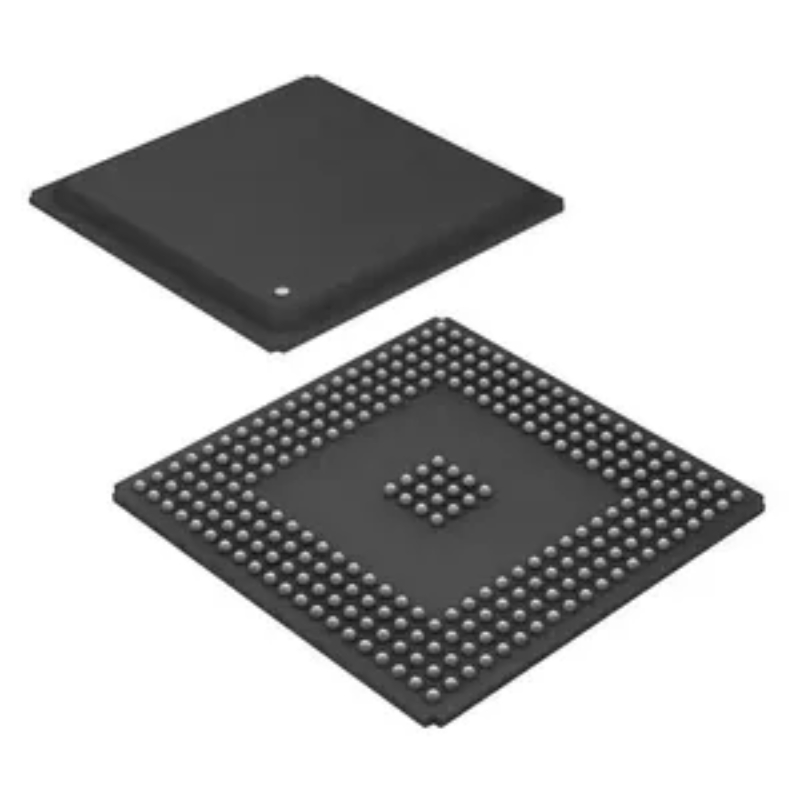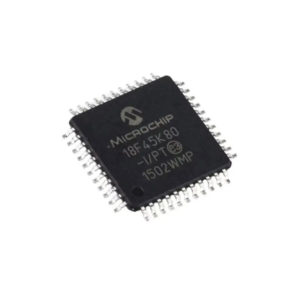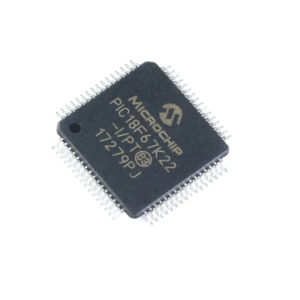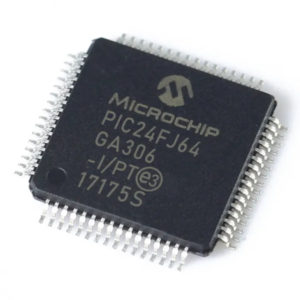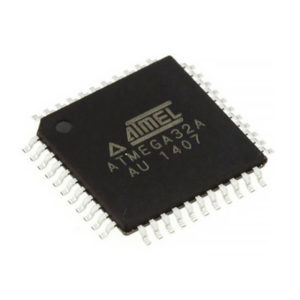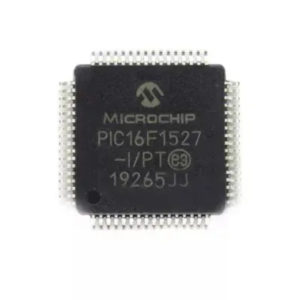5CSEBA2U19I7N
| Manufacturer | Altera |
| Description | IC SOC CORTEX-A9 800MHZ 484UBGA |
| Category | Integrated Circuit |
| Package | BGA-484 |
| Status | New & original |
| Ship From | HK/SHENZHEN |
| Stocks | 10,000 |
Please submit your BOM List or Input the part online
Description
The component “5CSEBA2U19I7N” appears to be an FPGA (Field-Programmable Gate Array) from Intel (formerly Altera). It belongs to the Intel Cyclone V series of FPGAs.
FPGAs are programmable integrated circuits that allow users to configure digital logic circuits and create custom digital designs. They consist of an array of configurable logic blocks, interconnects, and I/O (input/output) resources. The configuration of an FPGA can be modified or reprogrammed to implement different logic functions or complex digital systems.
Regarding the specific “5CSEBA2U19I7N” component, without further information, it’s challenging to provide a detailed description. However, based on the naming convention used by Intel for their FPGA products, we can make some educated assumptions.
The “5CSEBA2U19I7N” part number likely represents specific characteristics and features of the FPGA. For example, “Cyclone V” suggests that it belongs to the Cyclone V family, which is known for its low power consumption and cost-effectiveness. The remaining alphanumeric characters may refer to the specific variant, speed grade, or package type of the FPGA.
The application of the “5CSEBA2U19I7N” FPGA would depend on its characteristics, features, and the requirements of the project or system it is being used in. Generally, FPGAs like the Cyclone V series find applications in various fields, including:
1. Embedded systems: FPGAs can be integrated into embedded systems to provide customizable and reconfigurable hardware functionality. They are often used in applications such as automotive electronics, industrial control systems, and aerospace systems.
2. Communication systems: FPGAs can be employed in communication systems for tasks such as protocol conversion, signal processing, and data packet routing.
3. Video and image processing: FPGAs can be used to accelerate video and image processing algorithms, such as video encoding and decoding, image recognition, and computer vision.
4. High-performance computing: FPGAs can be utilized as co-processors alongside traditional CPUs or GPUs to accelerate specific computations in areas like data centers, scientific computing, and cryptography.



















































